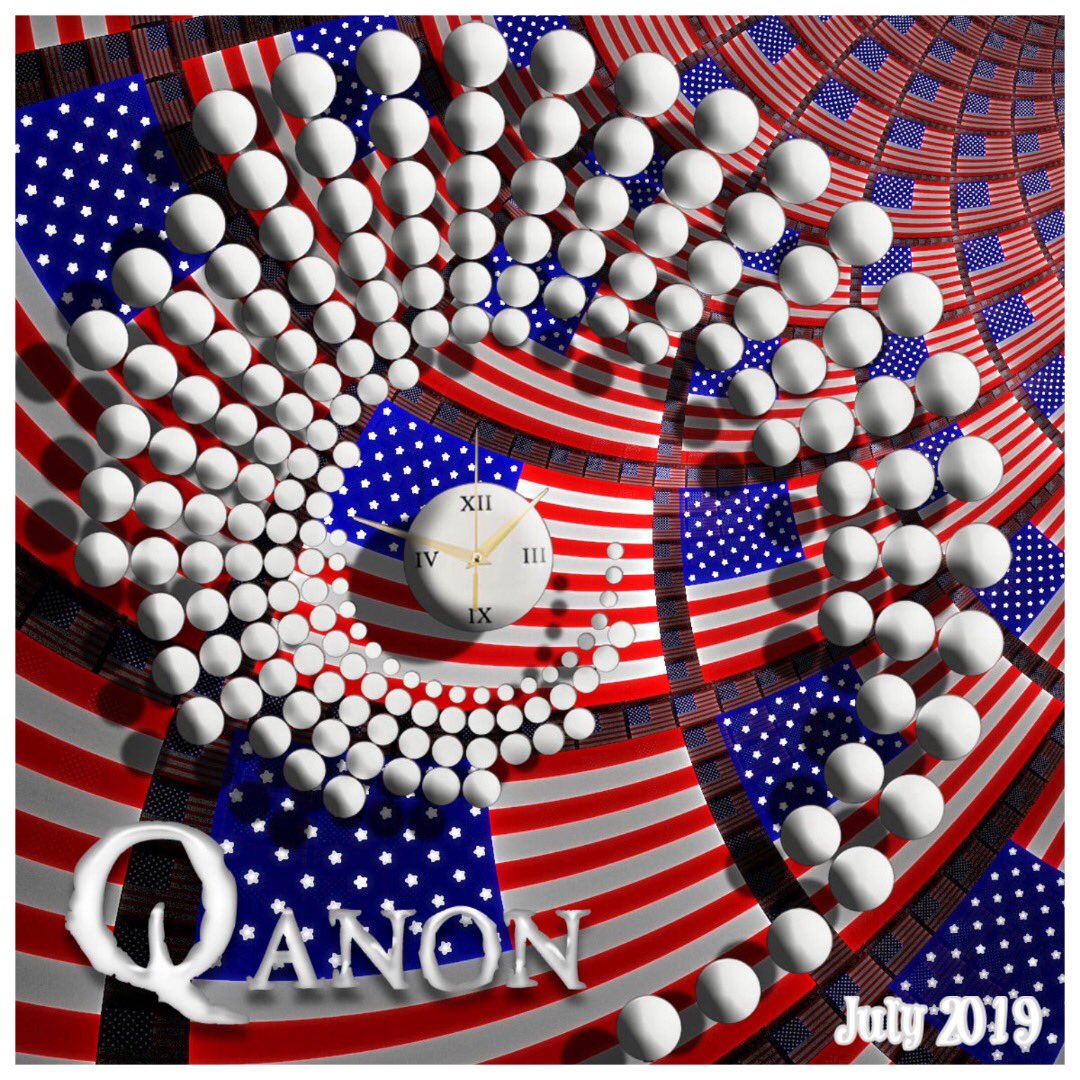Tiny performers playing out epic journeys all viewed from the seat of God.
FF VII, VIII, IX, Chrono Cross, Parasite Eve, Legend of Dragoon, Koudelka, Shadow Madness, Jade Cocoon, the three Resident Evils, and... any others? Is that it?
Keep Current with Philip Armstrong
This Thread may be Removed Anytime!
Twitter may remove this content at anytime, convert it as a PDF, save and print for later use!

1) Follow Thread Reader App on Twitter so you can easily mention us!
2) Go to a Twitter thread (series of Tweets by the same owner) and mention us with a keyword "unroll"
@threadreaderapp unroll
You can practice here first or read more on our help page!


